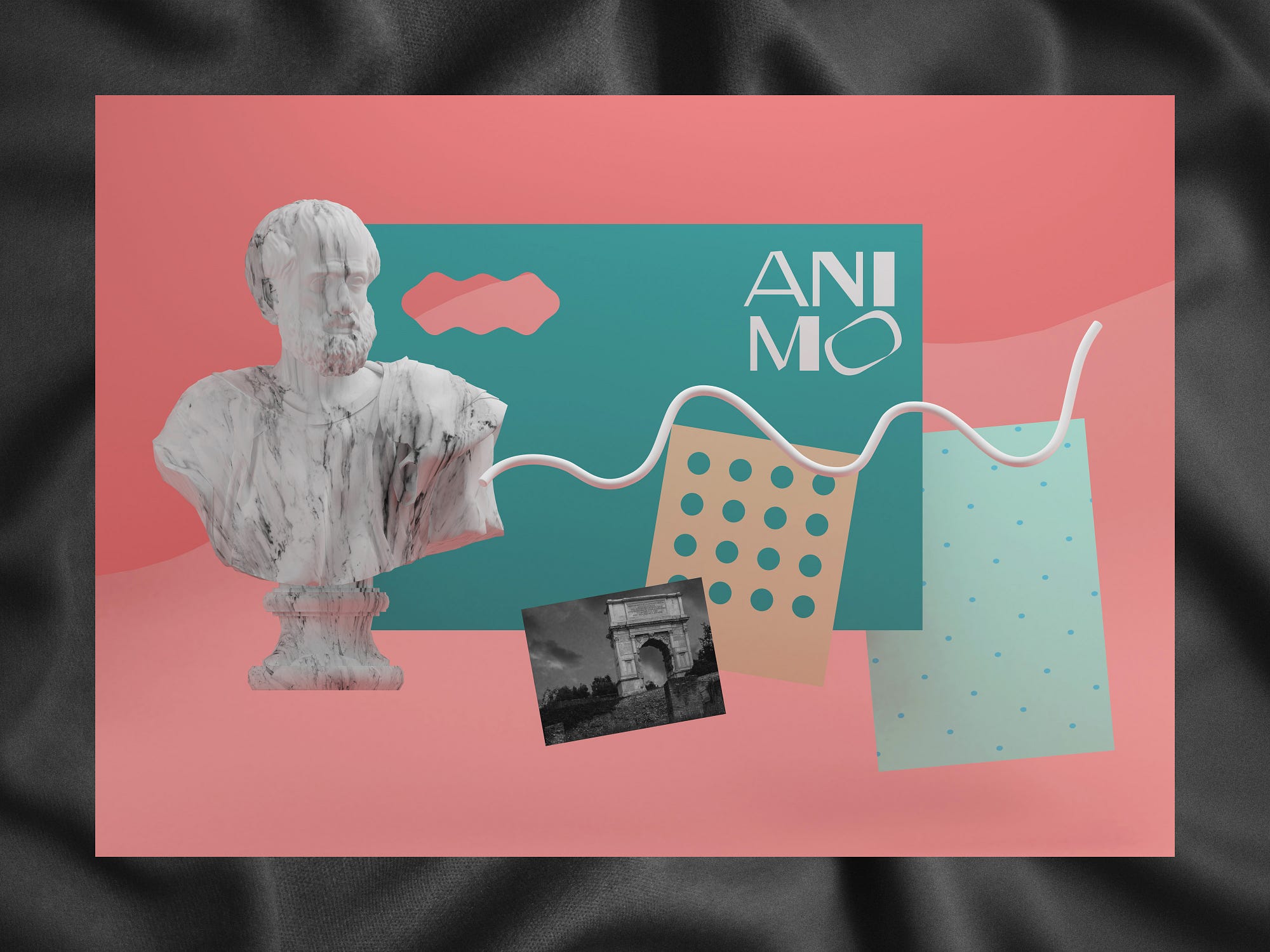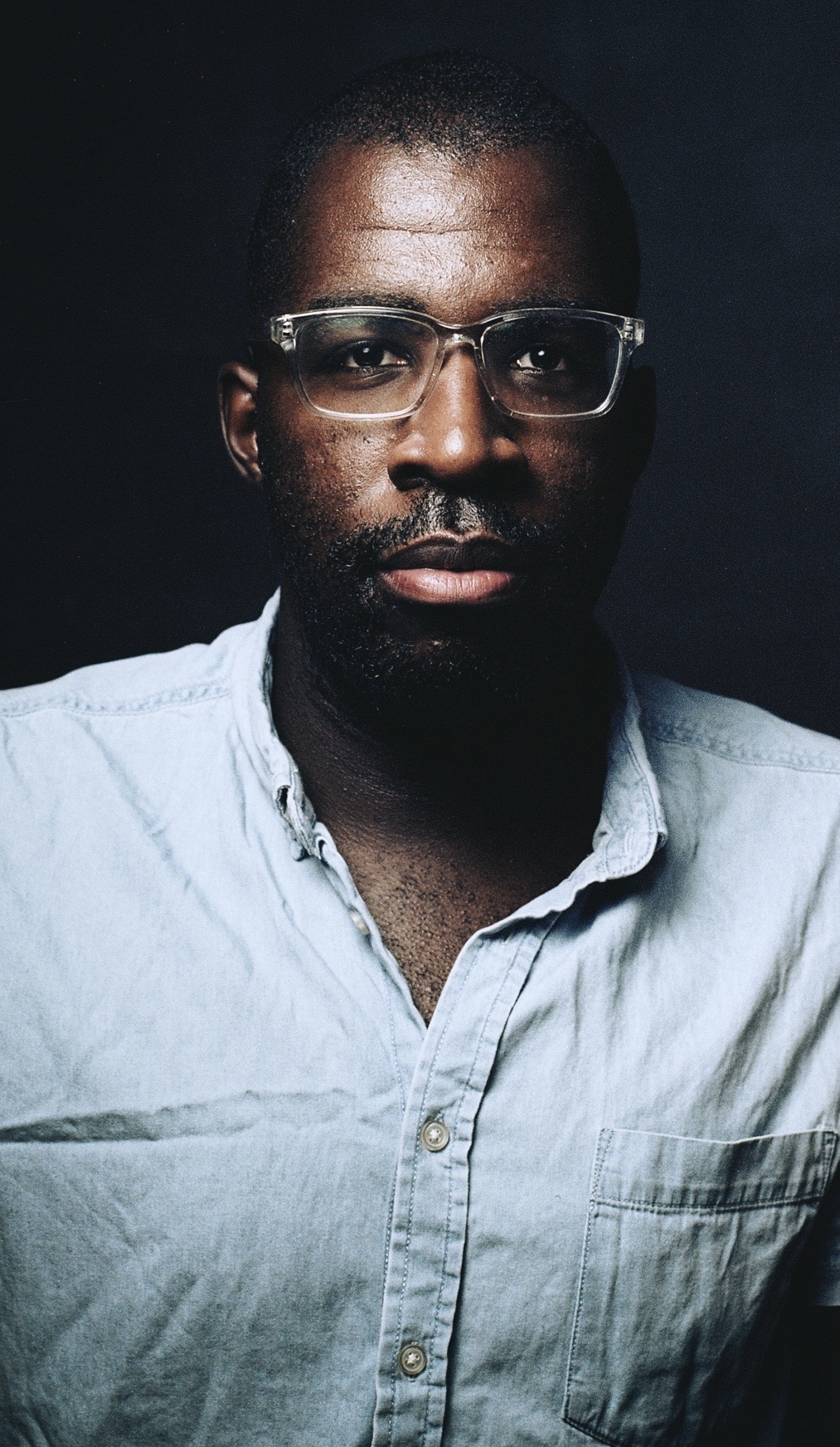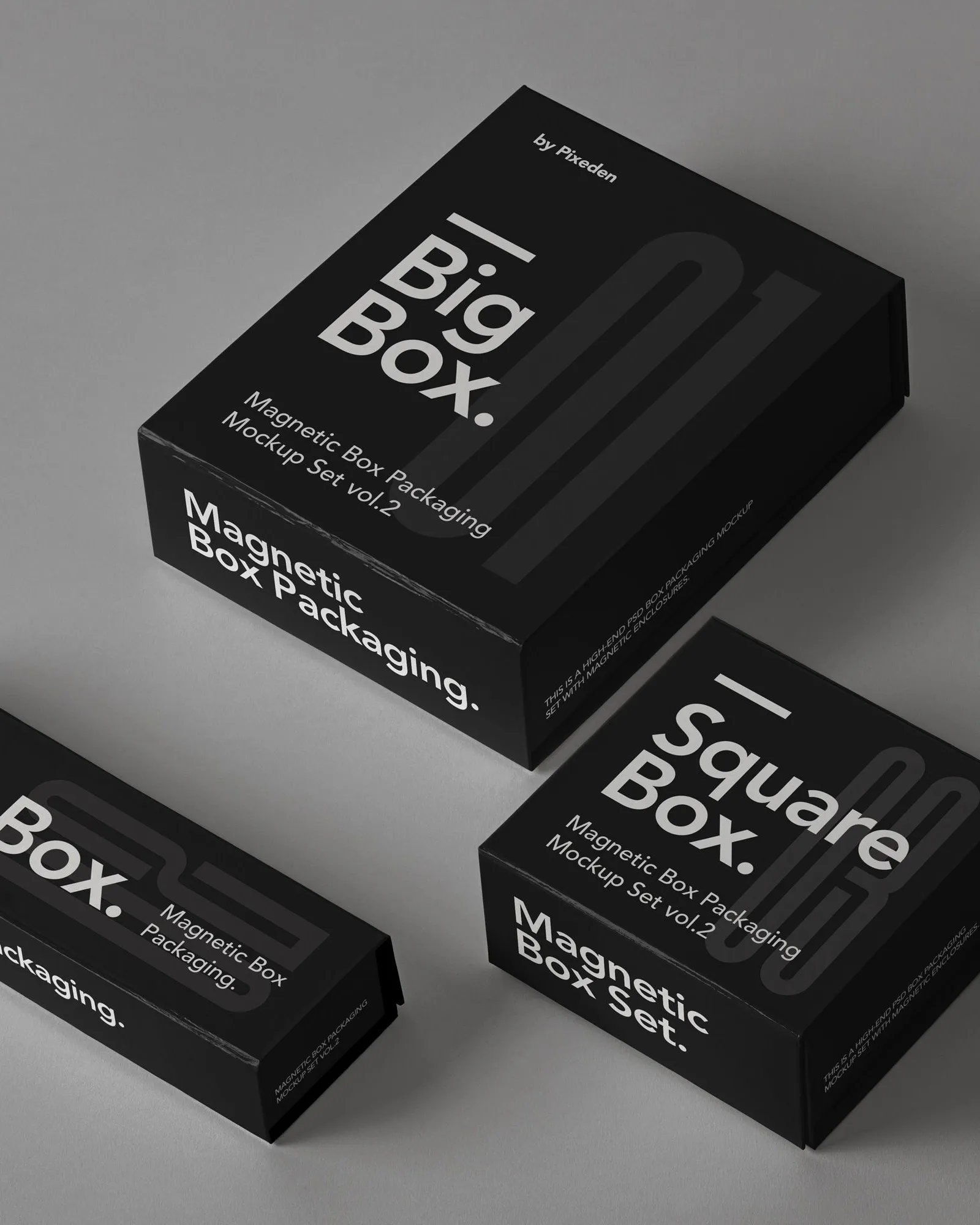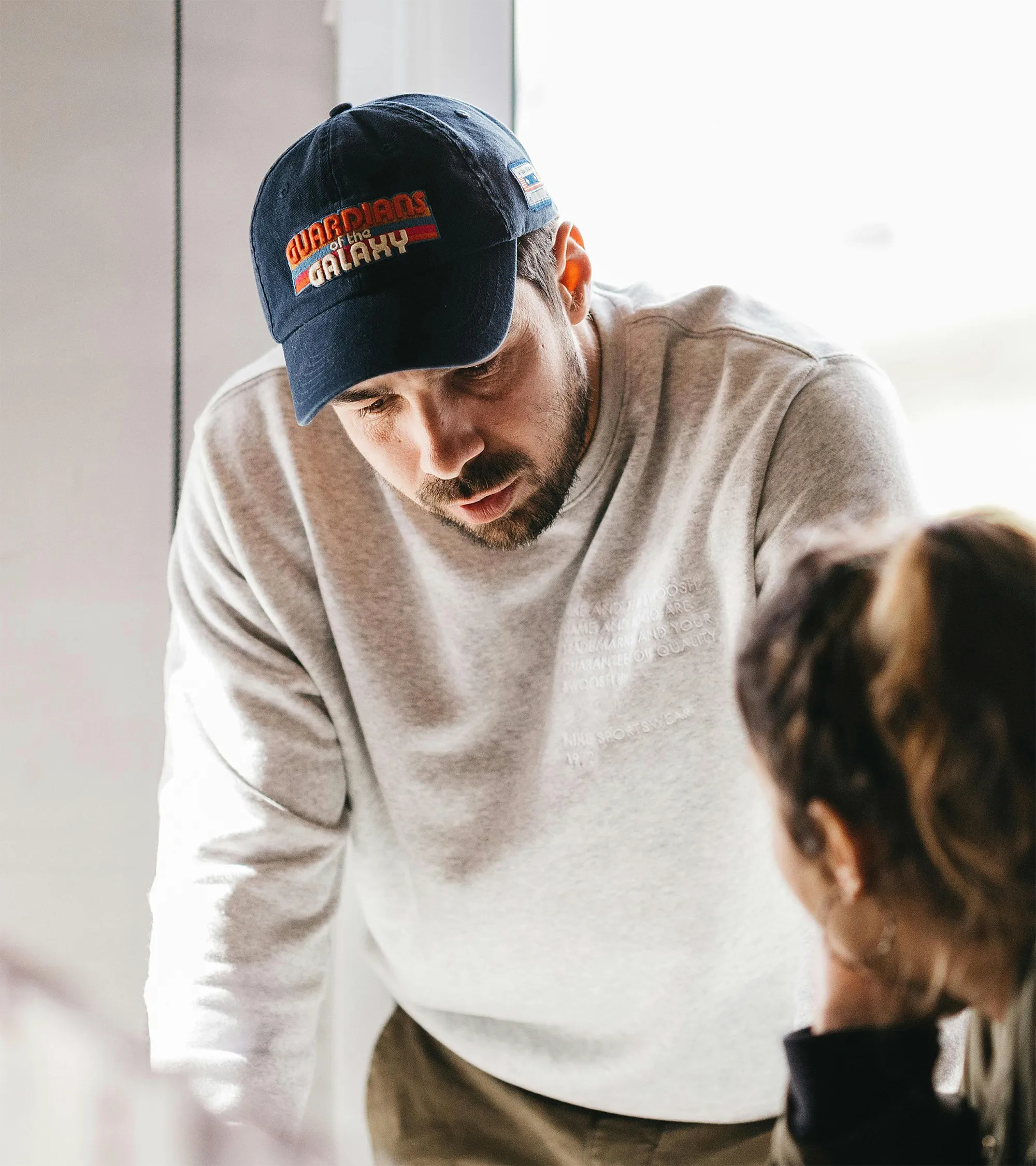


Take a look at the job descriptions for a typical marketing organization. You’ll see a list of hyper-specialized roles: the SEO Specialist, the Social Media Manager, the Performance Marketer, the Brand Designer, the Copywriter. We’ve spent the last decade building our teams like an assembly line. Each person is a master of one specific station, passing the work down the line until a finished campaign rolls off at the end.
This model was perfect for a world of predictable channels and stable platforms. But that world is gone.
Today, we live in a world of chaotic, fragmented media. A world where your brand story has to be fluent in the languages of TikTok, LinkedIn, a podcast, and your app's UX, all at the same time. A world where a single campaign needs to be a brand-builder, a performance driver, and a community-builder.
The assembly line is breaking. The silos are failing. And the single biggest bottleneck in most marketing organizations today is the gap between these specialized roles. My experience leading teams at the intersection of brand, product, and media has shown me this firsthand.
The solution is not to hire more specialists. It's to start hiring and cultivating a new kind of creative leader: The Full-Stack Creative.


The term "full-stack" comes from the world of software development. A "full-stack developer" is a rare and valuable engineer who can work on both the "front-end" (what the user sees) and the "back-end" (the underlying systems and databases). They can build the entire thing.
A Full-Stack Creative is the same. They are a leader who is not just a master of one station on the assembly line, but who understands the entire system.
This isn't a "generalist" who knows a little about a lot. It is a "synthesist"—a deep expert in one core area who has cultivated a fluent understanding of the adjacent disciplines.
They are built on what I call The Trifecta of Creative Leadership:
When your team is made up of hyper-specialists who can't speak each other's languages, you create massive inefficiencies and strategic gaps.


You can't just write a new job description. Building a full-stack creative culture requires a deliberate shift in how you hire, structure your teams, and measure success.
1. Hire for the "T-Shape" (or "Key-Shape")
The old model hired for the "I-Shape"—deep expertise in a single column. The new model hires for the "T-Shape": deep expertise in one core craft (the vertical bar of the T) and a broad, empathetic understanding of adjacent disciplines (the horizontal bar).
I prefer the metaphor of a "Key-Shape." They have the deep craft (the shaft of the key) and a unique, jagged set of cross-functional teeth (strategy, ops, UX, data) that allows them to unlock doors that specialists can't.
2. Structure for Collaboration, Not Silos
Instead of a rigid, departmental structure, organize your teams into cross-functional "squads" or "pods" built around a specific goal or user journey.
3. Measure for Impact, Not Output
Specialists are measured on output. A designer is measured on the number of screens they design. A copywriter on the number of emails they write.
A Full-Stack Creative must be measured on impact.
When you measure for collective impact, you incentivize collaboration. The team wins or loses together. This is the ultimate catalyst for a full-stack mindset.
The era of the siloed creative is over. The future belongs to the connectors, the translators, and the synthesists. The leaders who can move fluidly between a brand's soul and its balance sheet will be the most valuable creatives in the world.
Rethinking your creative roles is no longer a competitive advantage; it's a strategic necessity. By fostering a culture that values and develops full-stack talent, you're not just building a better marketing department. You're building a more resilient, innovative, and deeply integrated organization, ready to tell a single, powerful story in a complex and ever-changing world.
'How to Run a Creative Team Like a Product Squad: A Guide to Agile Creativity.'
See what our satisfied clients say about working with us.

Our proven process ensures successful outcomes and client satisfaction every time.



